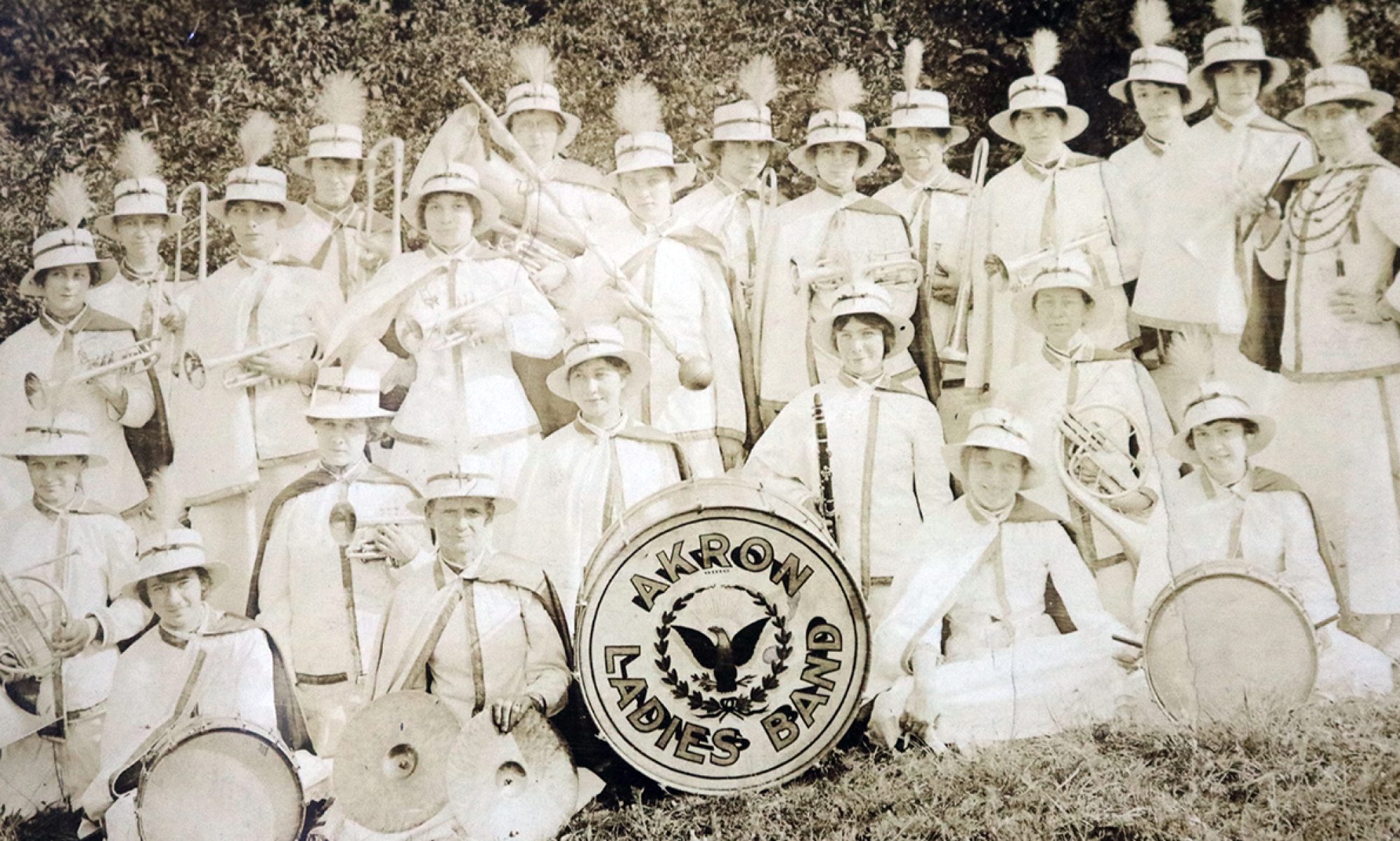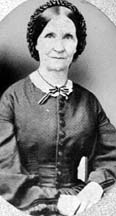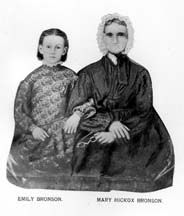On that day in October 1894 when Lucy A. Morse Tibbals was buried, all of Akron society – male and female – seemed to be crowded into the First Methodist Church to say goodbye to a friend and community leader.
Lucy A. Morse was born in Randolph, a small town in Portage County, Ohio, on July 9, 1835. She came to Akron in 1852 with her parents Huron and Althea. On Oct. 26, 1856, she married Newell D. Tibbals, an ambitious attorney who had just come to Akron the year before. Her husband had an eye on a political career. A Republican, he was elected the city’s prosecuting attorney in 1860, the city’s first city solicitor in 1865 and state senator in 1866. In 1875, he was elected judge of the Common Pleas Court. During the Civil War, he was a sergeant in the Ohio voluntary infantry.
Back in Akron, his wife performing her own war duty. She was an active member of the Akron Soldiers Aid Society. Affiliated with Cleveland’s Sanitary Commission, the Akron society contributed literally thousands of dollars worth of food and clothing to the hospitalized wounded and sick soldiers. These women spent evenings knitting mittens and socks for soldiers. They also packed food and other goods for the Army in a small room above a store on South Howard Street. The food and goods were shipped to Cleveland’s Sanitary Commission and then onto the hospitals that cared for the wounded and sick soldiers. In addition, the organization raised much money by holding “dime parties,” socials and dinners. Virtually every month, the Summit Beacon reported the contributions that Tibbals and the other Akron women made to the war effort through the Soldiers Aid Society. According to the Portrait and Biographical Record of Portage and Summit Counties, Ohio(1898), Tibbals “made a host of friends during the war.”
After the war, she gave up neither her friends nor her community activities. She was one of the organizers of the Dorcas society, out of which the Akron board of charities grew. She even served as superintendent of the industrial branch of that board.
Both she and her husband were active in the Buckley Post of the Grand Army of the Republic: she as a trustee of the Woman’s Relief Corps and he as commander of the Post. The Woman’s Relief Corps provided support for the Civil War veterans and their families.
Tibbals also got involved in the Ladies’ Cemetery Association, serving as president for one term. She also helped establish the Summit County Children’s Home. A member of the First Methodist Church, she remained active in its Woman’s Missionary Society.
When her death was announced at the Akron court house, Judge A.C. Voris called a meeting of the bar and its members unanimously approved a resolution to attend her funeral. The funeral must have been crowded. Not only did the attorneys in the city attend, so did the Buckley Post of the GAR and the Woman’s Relief Corps.
–Kathleen L. Endres




